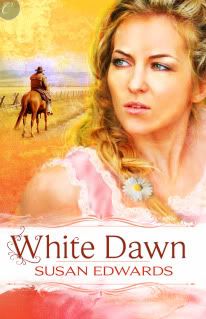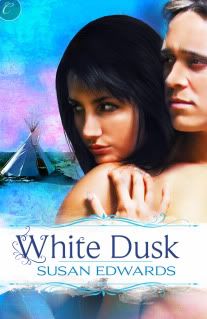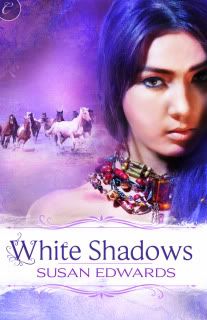
The name Romancing the Past (title of this webpage) really fits with my post this month. All historical writers in someway, and in various degrees do exactly that: we Romance the Past. You know what I’m talking about here. Take myself for example.
I write Native American Historical Romances. I have young, virile, handsome warriors who carry off (sometimes) helpless (well, how about victims of circumstance) women not of their culture and take them back to their tribes where the man and woman from two complete different worlds fall in love and overcome any and all barriers–including language!

Realistically, life for those women did not have a happily-ever-after. Sure, there were some who found happiness–maybe. I am hearing my husband snort of disbelief in my head as I write for he is a realistic person down to his engineering bones. I like to believe that not all were treated cruelly.
Okay, so why do we authors do this? Why take an era in time like the old frontier, the Civil War, any war, pirates, etc. and turn the ugly truth of what life was really like into stories of true love overcoming the impossible?

I can think of one reason: it is the era of that time period, the world long gone from us, that is somehow appealing. I’ll use my own expertise here. When readers of Native American stories, in the era where the white man and Native were dealing with territory issues, we aren’t seeing the spread of disease the white man brought to the Natives or the starvation during harsh winters or the savageness and slaughter that certainly was a big part of that time period. No, we see a freedom of living that we will never know in our lifetime no matter how many times we go camping or hiking.
The appeal is in living off the land, having no cumbersome possessions, no work demands, no bills in the mail box, no mortgage, no threat of foreclosure, no job layoffs, no mean, insensitive or jerk of a boss and–well you get the idea. When we look back, we don’t see people how they were. We see what we long for–if even for a few short hours. Sometimes, less is more?
Sure, there was work, hard work way back then. From sunrise to sunset and often long into the night but there was also plenty of time for celebration, for visiting the other women while working, the chatting and laughter, the bonding of males going off on hunts or a raiding party.
Then there is the appeal of never being alone, never wanting. Never having your children go hungry unless the entire tribe was hungry. For in those days, people shared. To own and collect and keep for the sake of owning was not a good thing. People shared what they had with those in need.
And the children! They were valued. Treasured. You’ve all heard the saying: it takes a village to raise a child? It’s true. Parents did not have to pay outrageous daycare fees so that they could attend to their duties for the children were looked after by everyone. Children were never tossed away like garbage. And a child grew up knowing he was loved. He was treated with respect, and taught to respect. After all, if a child is never given respect (or love etc) how can he give it later. Okay, there was probably mistreated children back in the era I write about but from what I know, in the pre-white man days, with most tribes, children were treasures. Unlike today where many are forgotten and swept away.
Hmm, I seem to have stepped a bit onto my soapbox. But I think you can take all my points using the Native American culture and apply it to any popular historical time period that we romance authors romanticize.
Does that mean its harmful to do what we do? I don’t believe so. There were storytellers in every culture, and not so surprisingly, stories of the same type (creation myths, moral stories, advice stories, and I’m sure some just for fun). But no matter the story, there were lessons buried beneath the words.
Today, we don’t have a tribal storyteller to pass down all that was learned from one generation to another. Instead, we have books and those books have themes that touch on all walks of life.
We today have so many things vying for our attention. I’m not even going to try to list those activities and chores, etc. I joke to my husband that if I were to write down everything I NEED to do, WANT to do, SHOULD do, FORGOT to do, I’d have a list a mile long and no hope in this lifetime of completing it.
So to keep from going slightly mad, many of us look to a time we believe or at least pretend to believe was much simpler and maybe a bit more rewarding. Sure, those stories are fiction but the world is at least in some part real but best of all, those wonderful characters in those fictionalized places become real. For at least the time we spend with them. If I as an author can take a reader out of the stress of daily living and bring them back feeling good about themselves and their world, then I'm happy.
And maybe, there will be something to be learned that can apply to our lives today. Some moral lesson, a bit of advice, that can ease the passage of our own day-to-day experiences. Most of all, when we read true-to-life stories about people facing tough times just as we are facing tough times, we know we are not alone.
Share your comments and be entered into a drawing for a free copy of White Dawn. Winner drawn on Friday.
Check back at my website for excerpts, reviews, and contest information (pages being updated over the next week)
http://susanedwards.com
Preorder Susan's White Series starting with the first four books. Available November 21st.























